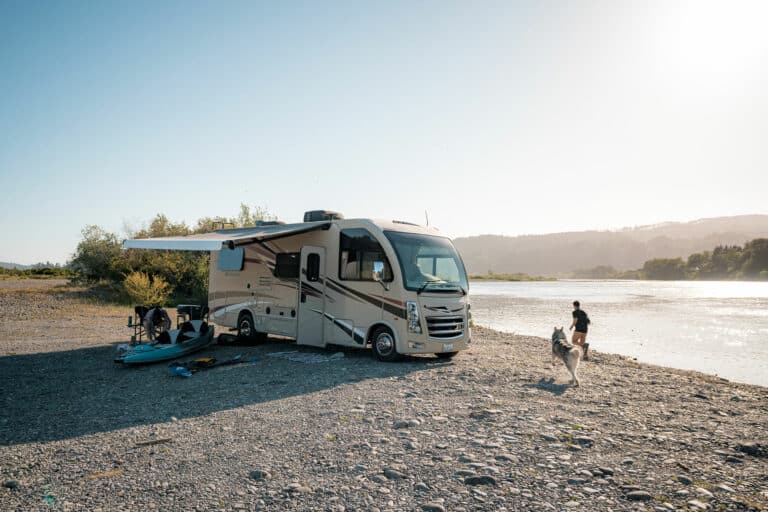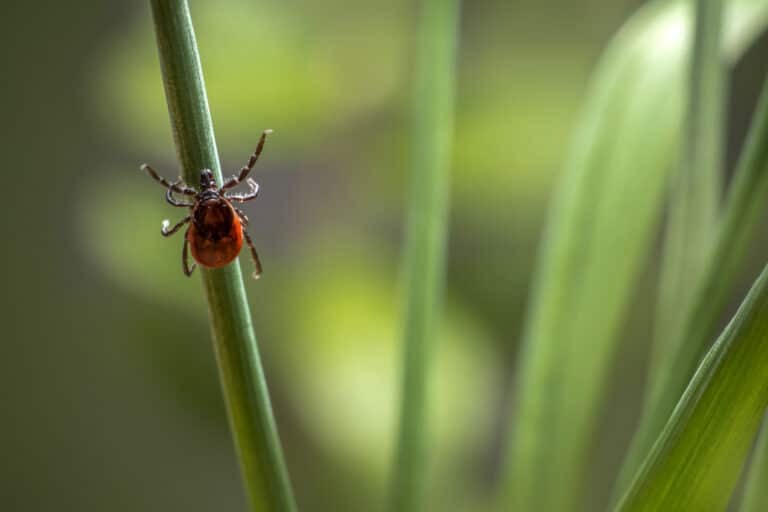Hey Doc,
I recently returned from a ski trip to Colorado. Until this trip I only skied in West Virginia. The day after we arrived I developed a bad headache. A lodge representative suggested it might be altitude sickness. Motrin did not seem to help. It went away in a few days and no issues afterwards. Does this fit with altitude sickness, and if so, is there anything that I can do for it?
Seasonal pains ~ Atlanta, Georgia
——————————————————————–
It could be related to the change in altitude from Atlanta to Colorado. The first question I would ask would be, where in Colorado? Altitude sickness directly relates to the amount of inspired oxygen. Using Denver, Colorado as a reference point, you would be breathing approximately an 18% concentration of inspired oxygen versus 21% at sea level. Tiny percentages make a big difference. An extreme comparison would be if one went from sea level to the top of Mount Everest where the inspired oxygen concentration is 6% or less. In this extreme case a person would lose consciousness in two minutes and die a few minutes thereafter.
The body responds to altitude changes in a number of ways. Initially, a person will increase their rate and depth of breathing; activation of a protein called hypoxia-inducible factor (HIF) is also critical in turning certain metabolic processes. Blood flow to the brain increases for a period of time and maybe the culprit for attitude related headaches. Headaches along with sleep disturbance are two of the more common complaints seen among those new to higher altitudes. Altitude related headaches are usually bilateral, based in the front or side, have a dull to pressing nature, and are aggravated by activity or coughing. If related to the altitude alone by the third day these two common issues should completely resolve provided a person stays at the same altitude. There are other more serious conditions such as High Altitude Pulmonary Edema (HACE) or High-Attitude Cerebral Edema (HACE). Both of these conditions occur at very high elevations (> 4000 m). Use the links below for more information.
There are several methods to prevent altitude sickness. The first is slowly ascending altitudes leaving several days in between every 1,000 meter increase in elevation. This method will work but may take up your whole trip and is not very practical. A more practical tip is to take medications that speed up acclimation to higher altitudes. Acetazolamide is a common prescription drug that can be started only a few days prior to a trip. Another type of drug is the herbal medication Ginkgo biloba. The evidence for the usage of Ginkgo is limited to a few small trials, but it has relatively safe side effect profile including pregnancy. Be aware that unlike prescription drugs, dosage per pill is not regulated. Avoiding alcohol the first night upon arrival and drinking plenty of fluids is also recommended.
Helpful References
International Society for Mountain Medicine: www.ismmed.org and Institute for Altitude Medicine: www.altitudemedicine.org.








